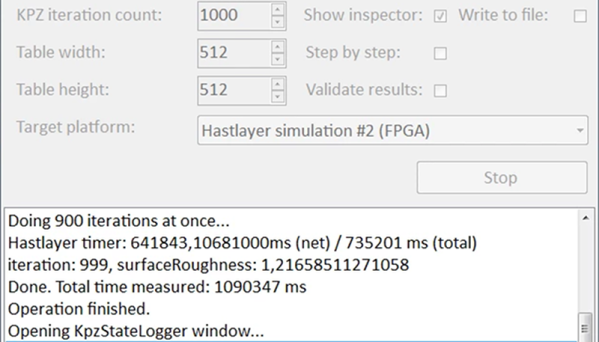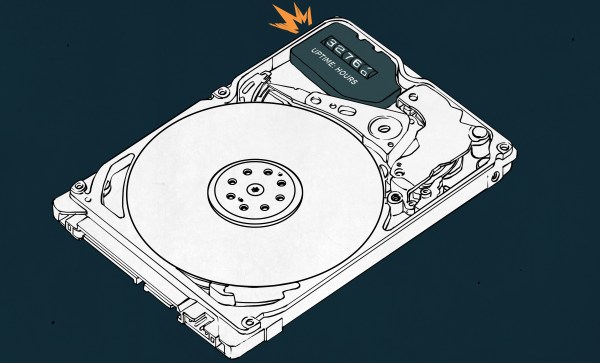When did you first hear concern expressed about the prospect of explosive growth of the internet resulting in exhaustion of the stock of available IP addresses? About twenty years ago perhaps? All computers directly connected to the internet must have an individual unique address, and the IPv4 scheme used since the 1980s has a 32-bit address space that provides only 4,294,967,296 possibilities. All that growth now means that IPv4 addresses are now in short supply, and this week RIPE, the body which allocates them in Europe, has announced that it no longer has any to allocate. Instead of handing new address blocks they will instead now provide ones that have been relinquished for example by companies that have gone out of business, and parties interested can join a waiting list.
Is the Internet dead then? Hardly, because of course IPv6, the replacement for IPv4, has been with us for decades and has a much larger 128-bit address space. The problem is that there is a huge installed base of IPv4 infrastructure which has always been cited as the reason to delay its adoption, so the vast majority of the internet-connected world has remained with IPv4. Even in an IPv4 world there are opportunities to be more efficient in the use of addresses such as the network address translation or NAT that many private networks use to share one address between many hosts, so it’s not quite curtains for your smart TV or IoT light bulb even though the situation will not get any easier.
The mystery comes in why after so many years we still use IPv4 so much. Your home router and millions like it will pick up an IPv4 address from your broadband provider’s pool, and there seems little reason why it can not instead pick up an IPv6 address and contain a gateway between the two. The same goes for addresses outside the domestic arena, and even in out community we find that IPv6 networks at events are labelled as experimental. Perhaps this news will spur the change, but meanwhile we don’t expect to be using an IPv6 address day-to-day very soon.
We know among Hackaday’s readership there will be people close to the coalface when it comes to IPv6 adoption. As always the comments are open, and we’d like to hear your views.
Header: Robert.Harker [CC BY-SA 3.0].

















